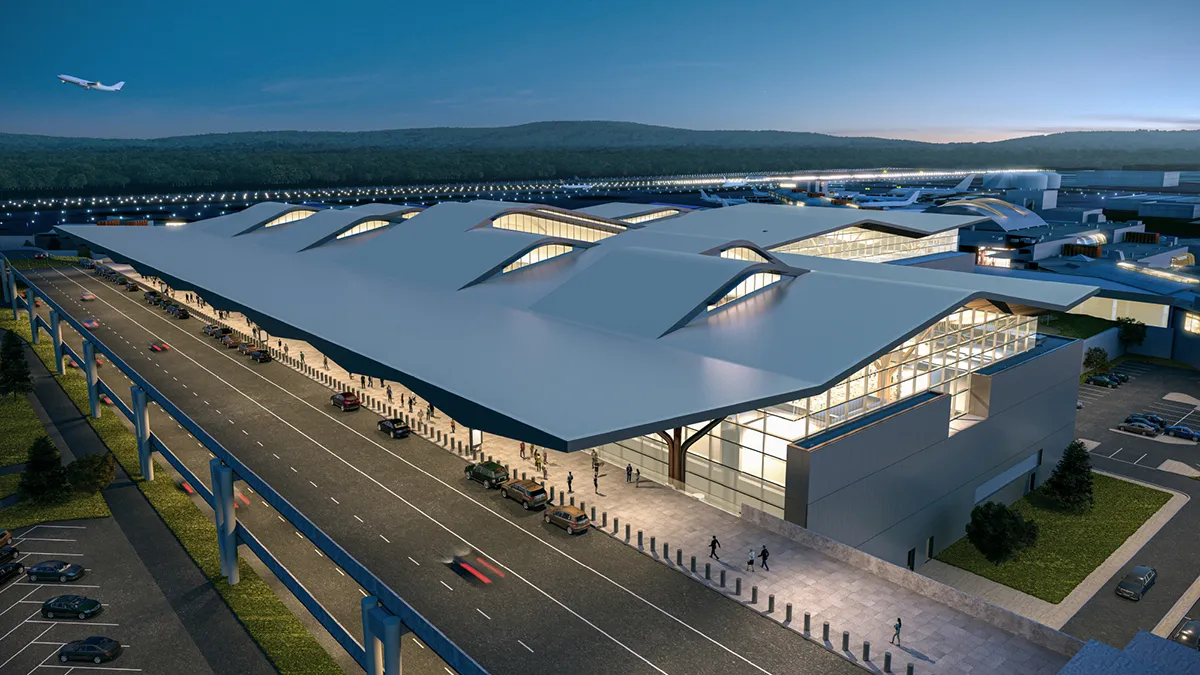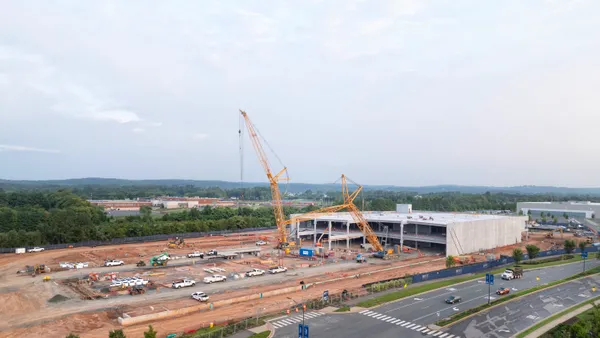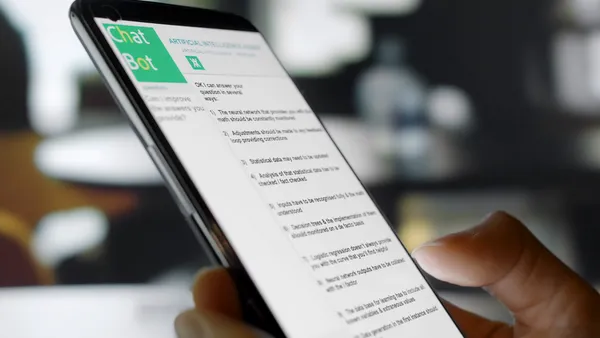The job site is an orchestra of labor, equipment and material driving towards a predetermined end state. Do things always go as expected? Absolutely not. How much does an hour of delay cost the job and eat into the bottom line? What is the root cause of things inevitably not going as planned?
It's simple: somewhere along the line, information was mishandled either by you or someone else on the team.
Outlined during pre-construction, the external master schedule is meant to provide a view of the path to completion for a project before the actual work begins. It sets the course for everything from time, sequence, cost, labor management, materials, quality and even health and safety risk points on the job site.
For executives, schedulers and field managers that are tasked with meeting expectations set in the master schedule, there has always been a painful disconnect in reconciling what is actually happening in real-time on a project and parameters set in an external plan.
"The CPM schedule is instrumental in convincing the project team that we have a well-thought-out plan to deliver on a project's key milestones," said Nathan Thompson, scheduling manager for Lee Kennedy Company, a full-service construction firm. "A solution that bridges the gap between the master schedule and daily plan can provide a huge advantage."
In the absence of an integrated solution, teams resort to inefficient workarounds. Superintendents and field staff who are not trained how to use the most widely deployed master schedule software platforms, such as P6, will spend hours manually attempting to connect the external schedule with information written on trailer walls and sticky notes using loose paper forms or spreadsheets. This leads to a higher probability of human error, poor communication between field and office and missing job site information created by the realities of daily re-planning on-site.
The more troubling result for owners and general contractors: unnecessary delays, cost overruns, poor job site flow and stacking of trades, misaligned expectations and less safe work environments.
Recently the industry has begun to take steps to solve this problem by adopting basic digital production/pull planning tools. Many, including those that primarily target "lean" oriented teams, can be difficult for the trades to adopt, are not easily accessible in a remote setting and lack reporting and analytics that satisfy the real need of connecting data created daily on the job site to the higher level of project controls in the master schedule.
There is a new breed of data-driven construction performance platforms, led by Boston-based construction technology firm Touchplan, that not only resolve the issue of aligning job site data from daily field plans and the external schedule but also provide dashboards that greatly improve the overall process throughout. Accessible anytime and anywhere, these cloud-based technologies can be configured by teams in the field to capture daily schedule changes in the collaborative execution plan that impact labor productivity, materials, quality, and safety requirements and easily connect field activity with the external master schedule.

With critical project updates now connected in real-time with the master schedule, everyone understands where the project is in relation to the big picture. Project executives can quickly visualize and answer the question "does your look ahead schedule match the master schedule?" Superintendents can focus more on managing job site performance and less on data entry. The scheduling manager now has much easier access to commitments made in the daily plan and confidently understands how the overall schedule is trending. Senior management can analyze data across single and multiple projects, making better and faster decisions that allow for more effective communication with the project's owner or their rep.
Thompson added, "With Touchplan connecting the two, we easily transition the CPM's conceptual milestones from our scheduling software to set the goals for the daily planning effort. As a project progresses, we back feed the progress gathered from our look ahead plan into our scheduling software to gain insight into the overall health of the project. It's a real game-changer."
Implementing platforms that connect the external master schedule with real-time data collected on a job site is the next critical step in the evolution of construction project optimization. Teams from owners to the trades are aligned and work collaboratively to manage the project controls. When commitments are met and jobs are completed on budget and ahead of schedule, it means happier owners, happier workers, and most importantly, happier communities served by the finished projects.










